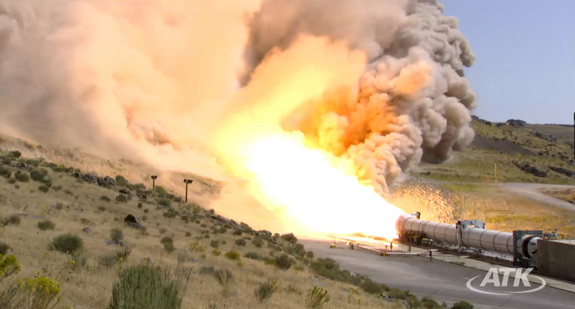The Big Picture
Gigi and I live in the high desert of southwest Utah, along the banks of the Virgin River and surrounded by red sandstone mesas whose foundations were set down during the Triassic era, about 230 million years ago. The dinosaurs were just starting to appear on the scene at that time, but they proved to be one of the most successful species known, and dominated the earth for over 160 million years, and were only brought down after the earth collided with a huge meteor or comet that had it been only slightly larger would have destroyed the entire planet for good.
Humans in their current form have only been on the scene for a mere 200 thousand years. If we can somehow manage to keep from killing ourselves off for another equally short period of time, and then repeat that unbelievable feat again four more times, we will have succeeded in surviving one half of one percent of the time that tiny-brained dinosaurs managed to survive.
And yet, here we are for the moment at least, the dominant species on the planet. So, what is the big picture?
In the short term (tens of millions of years), the earth should expect to see another dinosaur-killer sized meteor collide with the earth. This is a regular occurrence on those time scales. The last time this happened, 65 million years ago, most large terrestrial animals were killed off, and only a few tiny shrew-like mammals survived (who later evolved into humans). If we remain bound to this one planet, we are therefore doomed, along with cows, pigs, lions and just about anything larger than a gerbil. Assuming that we as a species want to continue on for a while, we will have to start making permanent homes off-planet, but close enough that after a big meteor hit the folks off-planet can eventually come back and try to clean things up a bit. Mars is about the only planet nearby that we could make habitable and which we can reach in a year or two. So that is the short term goal.
Longer-term, alas, the sun and our entire solar system is doomed. The sun, a second generation yellow dwarf star, was born just under five billion years ago and is now middle aged. However, long before it goes into its red-giant phase five billion years from now, in less than a billion years the sun will have become so much hotter that no liquid water will exist on earth, and life will become unsustainable. We have already begun looking around for nearby star systems which may host earth-like planets within the galactic habitable zone and far away from our aging sun. Assuming we have already learned how to terraform planets like Mars, that won’t be the issue. The problem is in very long range transportation, building a craft that can get us to far away systems, and keep alive colonies of people and other creatures for the many generations that it would take to get there.
In the very long range, the entire galaxy is under assault. The Andromeda galaxy is heading straight for us and will collide in about two billion years, ripping the entire spiral structure of our habitable zone apart. I have no idea how to deal with this problem, but a billion years is certainly enough time to think about it.
One way or another, these are really interesting problems, and the process of finding the answers is a very exciting one. And not only do we need the best and brightest minds to be thinking about these things and exploring all other branches of science, but we also need artists, composers, philosophers, writers, actors, doctors, businessmen and all other branches of human endeavor to throw themselves into their craft, whose ultimate product is the creation of meaningfulness out of chaos, of clarity out of confusion, of joy out of misery, health out of sickness.
To do that requires a passionate dedication to life on this planet, to science, to understanding, to dialog, to open mindedness and what Richard Feynman called “the Joy of Finding Things Out”.
 And so, in regards to thoughts about September 11, 2001: what an incredibly stupid and pointless question about stupid and pointless acts spawned by stupid and pointless people stuck in the twelfth century, and our stupid and pointless response to those acts. Do you want to know how we should answer such people? Just yesterday (Sept. 8), in Promontory, Utah — A full-scale test of the world’s largest solid rocket motor, which was originally envisioned to power a new NASA rocket, went off without a hitch in Utah’s high desert.
And so, in regards to thoughts about September 11, 2001: what an incredibly stupid and pointless question about stupid and pointless acts spawned by stupid and pointless people stuck in the twelfth century, and our stupid and pointless response to those acts. Do you want to know how we should answer such people? Just yesterday (Sept. 8), in Promontory, Utah — A full-scale test of the world’s largest solid rocket motor, which was originally envisioned to power a new NASA rocket, went off without a hitch in Utah’s high desert.
We who choose to think are on our way to the stars. Let those who wish us all to bow our heads mindlessly, live by faith and folktales and worship ghosts in the mud can go to whatever hell their archaic mythology describes.
